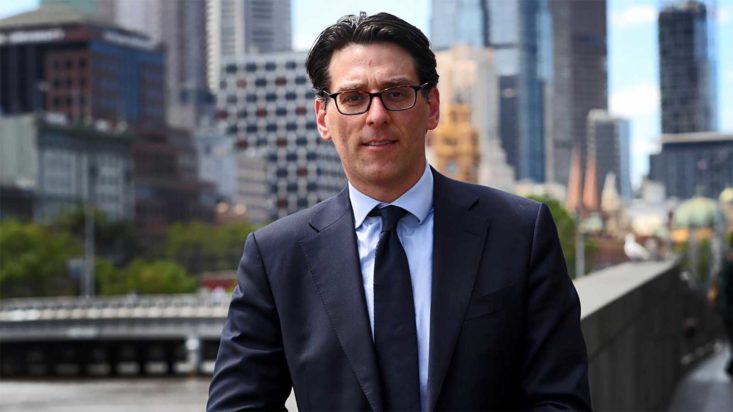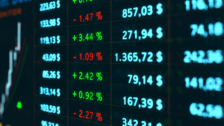Getting too close to the fire
Sharemarkets, excluding dividends, are now as much as 70 per cent higher than their March 2020 bottoms. Overseas the recovery has been even stronger, with the Nasdaq Composite Index having doubled over the same period, and the S&P 500 having delivered over 50 record closes already this year.
Complacency is now kicking in, according to Dion Hershan, chief investment officer of Yarra Capital. He highlights a number of events during reporting season that have seen stocks jump or fall by significant amounts as the latest alarm bells. More broadly, however, he points out the boom in SPACs (special purpose acquisition companies), crypto currency trading and even the listing of Robinhood as potential hallmarks of a “glass half-full” view of the market.
He suggests that optimistic investors are at risk of “perceiving everything as good news,” whether that is higher rates or lower inflation or vice versa. In this environment, Hershan advocates a more selective approach to equity selection, noting that he is not “bearish” per se.
In his latest market commentary, he highlights seven “lessons” from his decades in the market to assist investors “to avoid getting hurt with markets at all-time highs.”
The first such lesson is well-timed, suggesting investors avoid “buying mining companies purely for the yield.” Published around the same time that the Chinese government slowed steel production, he suggested “dividends could fall by 33 per cent from current levels” for the likes of Rio Tinto, BHP and Fortescue, as the iron ore price falls from its lofty US$200 per tonne levels.
Be careful “ignoring valuations or basing them off today’s interest rates” is the second piece of advice, suggesting “everything looks cheap” at a discount rate of 2 to 3 per cent, but that it won’t always be this way. Recency bias is one of the most powerful influences on investment decision making, with Hershan warning against “extrapolating what happened in 2020” both favourably and unfavourably. So don’t expect toll roads to remain empty, or e-commerce sites to remain in demand when we eventually open up.
“Shiny and new” is not something you want to see from a company listing on the ASX with Hershan warning about the “asymmetric aspects” of the IPO process in which companies are “spruced up” and “overhyped” in an effort to get investors to make quick decisions to invest. This is particularly timely given the boom in IPO and M&A activity, along with the growing line of recently listed companies trading below their float price.
“Don’t ignore policy directives from the Chinese” is the next tip. There were clear signs of overheating in 1H21 he says, with the current clampdown not unexpected for those taking cues from policy announcements.
Following Square’s bid for Afterpay, there is no lack of researchers and investors looking for the next big takeover, and while “it’s tempting to speculative” on this he likens it to long-range weather forecasting, meaning it is likely to “be more luck than genius.”
Finally, Yarra’s team is increasingly wary of the growing dominance of the banking and mining sectors on the ASX, representing 61 per cent of aggregate earnings. According to Hershan both groups rely on “unsustainable factors,” being record-high iron ore prices, cheap funding and minuscule bad debts.
That said, he is not seeking to call the top of the market, concluding that “there is a graveyard full of commentators that have tried to call turning points – I won’t attempt to! – but we would encourage investors to take a more balanced view.”











